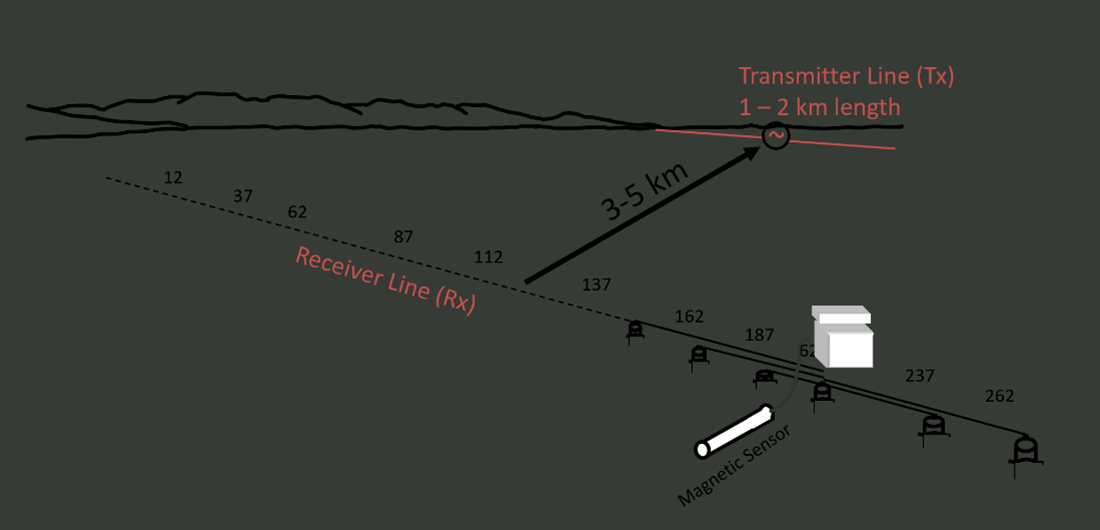Controlled-source Audio - Magnetotellurics (CSAMT)
Abitibi Geophysics is now offering Controlled Source Audio Magnetotellurics (CSAMT) Surveys in partnership with Zonge International. CSAMT uses a controlled source, rather than a natural source, making it effective in most regions. This resistivity sounding technique is used to obtain critical information about geological structure and lithology. It is often used for reconnaissance of larger geographic areas to determine depth to bedrock and to locate faults and resistive anomalies for further, selective investigation. Modelled data can be presented in several forms: cross sections, plan views, fence, or 3D diagrams.
Applications in mineral exploration
-
Identification of systems that produce conductive metals such as copper, gold, silver, lithium, and uranium.
-
Mapping of geological structures and features such as faults, fractures, and folds.
-
Planning of drilling programs by providing information about the depth and location of potential mineral deposits, which can reduce exploration costs.
Estimating the size and quality of mineral deposits and assess their economic viability by combining CSAMT data with geological and geochemical data.
Execution
-
Current injection length 1-2 km.
-
Transmitter is located 3-5 km from the survey area.
-
Several receiver stations are read simultaneously.
-
Multiple spreads are combined to complete the profile line.

